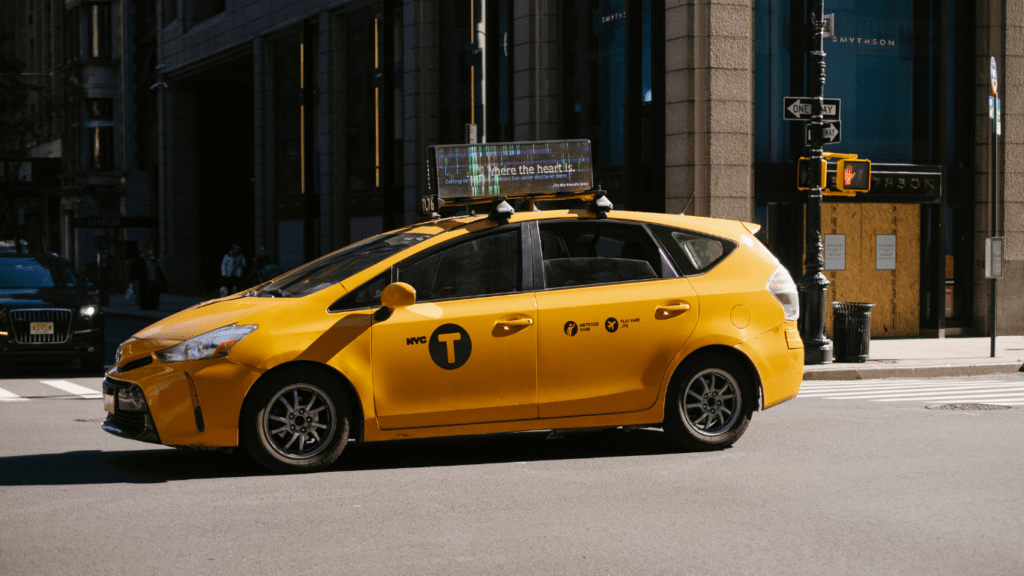The Impact of Ride-Sharing on Car Ownership
Ride-sharing services are reshaping the landscape of personal transportation. This change is influencing how many people view the necessity of owning a car.
New Preferences in Transportation
Ride-sharing services are highlighting new preferences in transportation. Many people prefer the convenience and lower cost of using services like Uber and Lyft.
They can avoid car payments, insurance costs, and maintenance expenses. Additionally, these services provide easy access to rides without needing to find parking or worry about car upkeep.
Shift in Urban Car Ownership Patterns
Urban areas are seeing a shift in car ownership patterns due to the rise of ride-sharing. Fewer people are choosing to own cars, especially those living in densely populated cities.
Public transit, biking, and walking are more feasible options when combined with ride-sharing. Apartment complexes and city planners are adjusting by reducing parking space allocations and enhancing infrastructure for alternative transport modes.
Economic Factors Influencing the Decline in Car Purchases
Economic shifts contribute to the decreasing trend in car ownership. By analyzing cost data and economic cycles, we can understand the driving forces behind this decline.
Cost Analysis: Ride-Sharing vs. Owning a Car
Owning a car involves significant expenses. On average, car owners spend around $9,282 annually when factoring in payments, insurance, maintenance, and fuel, according to AAA.
In contrast, ride-sharing services cost significantly less for individuals who don’t drive daily.
For example, a person using Uber for a daily commute might spend between $90 and $150 weekly, which could total $4,680 to $7,800 annually, depending on the distance and frequency.
These figures suggest that ride-sharing can be more cost-effective than owning a car, especially in urban areas.
The Influence of Economic Cycles
- Economic cycles impact consumer spending habits.
- During economic downturns, individuals often prioritize essential expenses. This results in delayed car purchases or opting for alternatives like ride-sharing.
- During and shortly after the 2008 financial crisis, car sales saw a substantial dip.
- Economic booms can temporarily increase car sales, although recent trends show that the rising cost of living continues to steer many towards ride-sharing.
- High-interest rates also play a role, making car loans more expensive and unattractive, hence contributing to the decline in car ownership.
- The economic landscape directly influences car ownership trends.
- Analyzing these factors elucidates why more people choose ride-sharing over purchasing personal vehicles.
Technological Advancements in Ride-Sharing

Technological advancements have significantly transformed the ride-sharing industry. Various innovations in platforms and accessibility improvements enable more people to opt for ride-sharing over traditional car ownership.
Innovations in Ride-Sharing Platforms
Several key innovations have enhanced ride-sharing platforms. Machine learning algorithms optimize routes and match drivers with passengers efficiently.
For example, Uber’s dynamic pricing adjusts fares based on real-time demand and supply, improving service reliability.
Blockchain technology ensures secure transactions and transparent driver-passenger interactions. It provides a decentralized ledger, enhancing trust in the system.
Another innovation is the integration of IoT devices for real-time vehicle tracking and maintenance updates. Companies like Lyft use these advancements to monitor fleet health and offer better service.
How Technology Makes Ride-Sharing More Accessible
Technology has made ride-sharing easily accessible to a broader audience. Mobile apps with user-friendly interfaces allow quick ride bookings.
Features like voice-activated commands cater to visually impaired users, expanding accessibility.
Payments have also become seamless. Options like:
- digital wallets
- credit cards
- even cryptocurrencies
provide flexible payment methods.
Ride-sharing apps have integrated accessibility options for people with disabilities, such as wheelchair-accessible vehicles, ensuring inclusivity in urban transport.
Overall, these technological enhancements contribute to the rise of ride-sharing, reducing the necessity for personal car ownership.
Environmental and Social Factors
Ride-sharing impacts more than just economics and technology, it also influences environmental and social dynamics.
Reduction in Carbon Footprint
Ride-sharing reduces the carbon footprint by decreasing the number of vehicles on the road. According to the Union of Concerned Scientists, ride-sharing can lower carbon emissions by 17% compared to private car ownership.
Carpooling options within ride-sharing platforms further contribute to this reduction by maximizing vehicle occupancy. Additionally, ride-sharing companies often adopt electric and hybrid vehicles to promote eco-friendly travel.
These efforts collectively help cut greenhouse gas emissions, mitigating climate change.
Changes in Social Behavior and Lifestyle
Ride-sharing platforms alter social behavior and lifestyles by encouraging a shift from individual car ownership to shared mobility. Many people, especially urban residents, prefer ride-sharing for convenience and cost-effectiveness.
This shift leads to reduced parking demand and less traffic congestion. Socially, ride-sharing fosters the concept of shared economy, wherein users value access over ownership.
Integration with public transit options further supports community connectivity and mobility, enhancing overall lifestyle quality. For instance, users can combine ride-sharing with biking or public transit for seamless, multimodal transportation.

